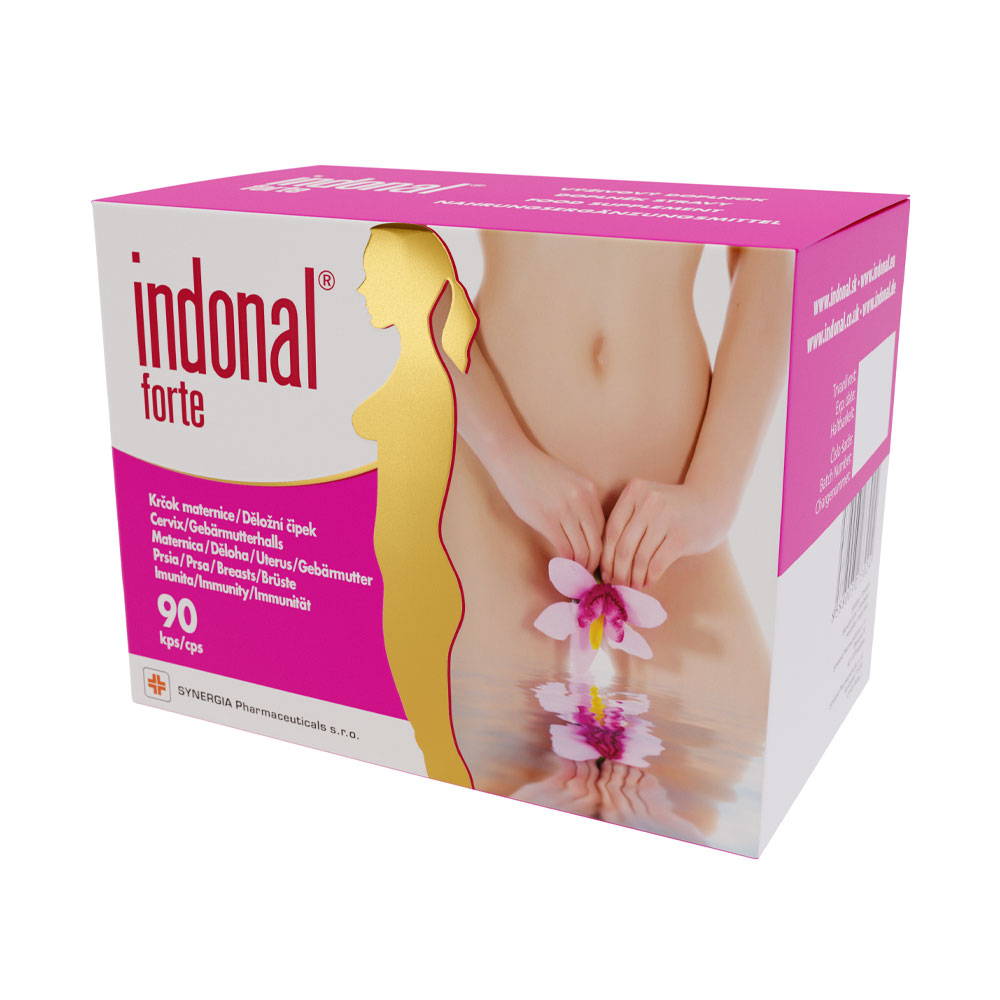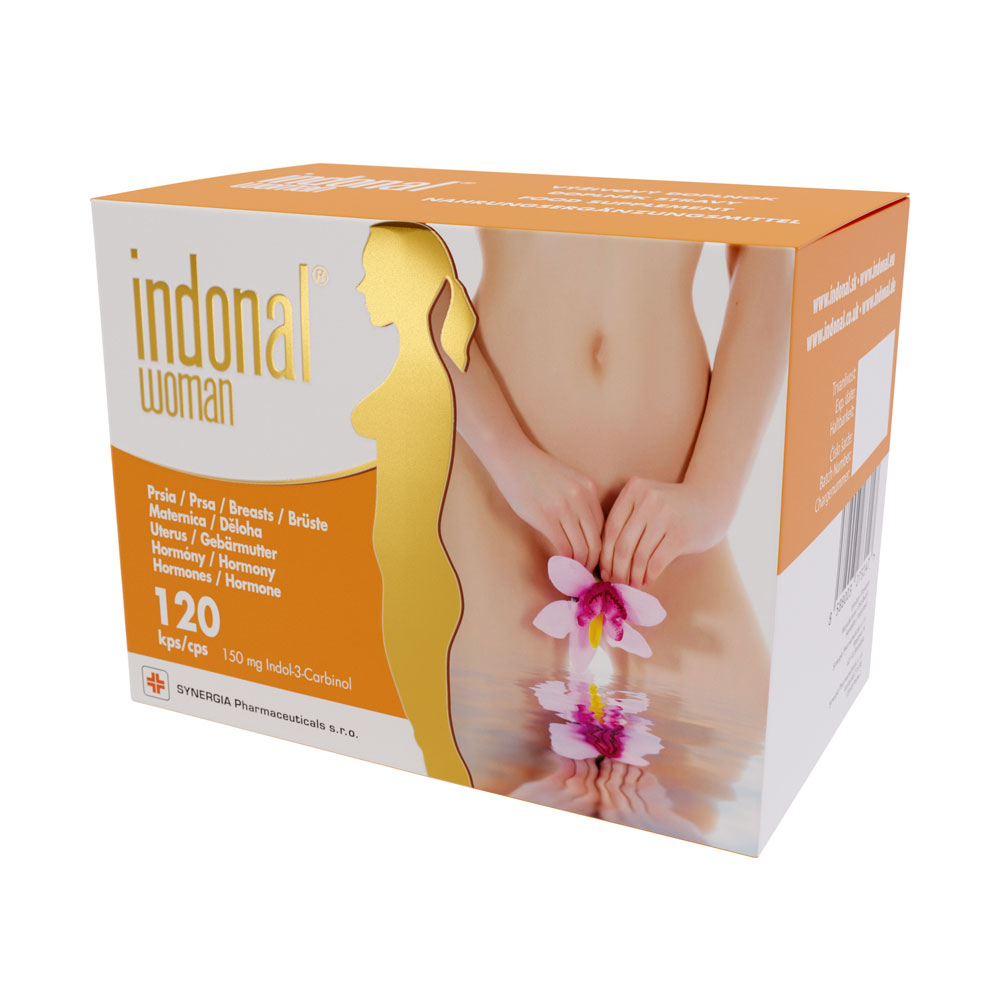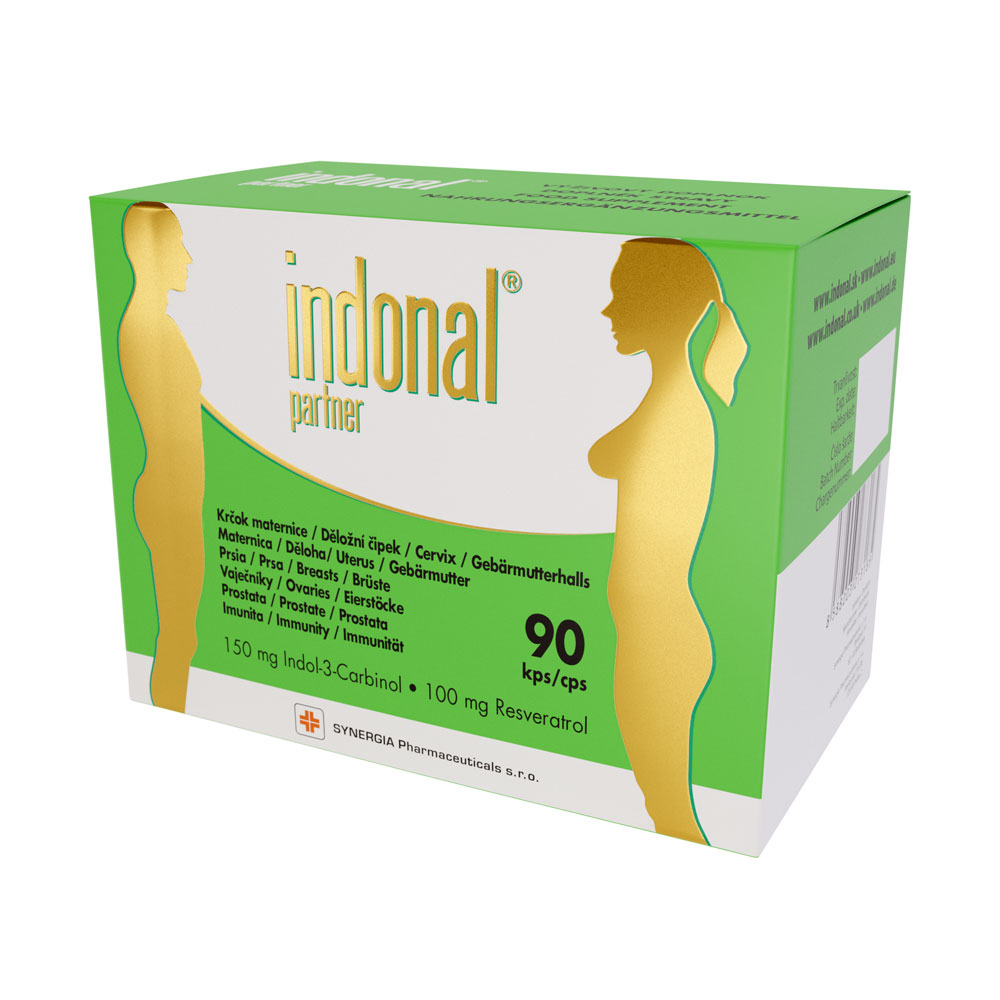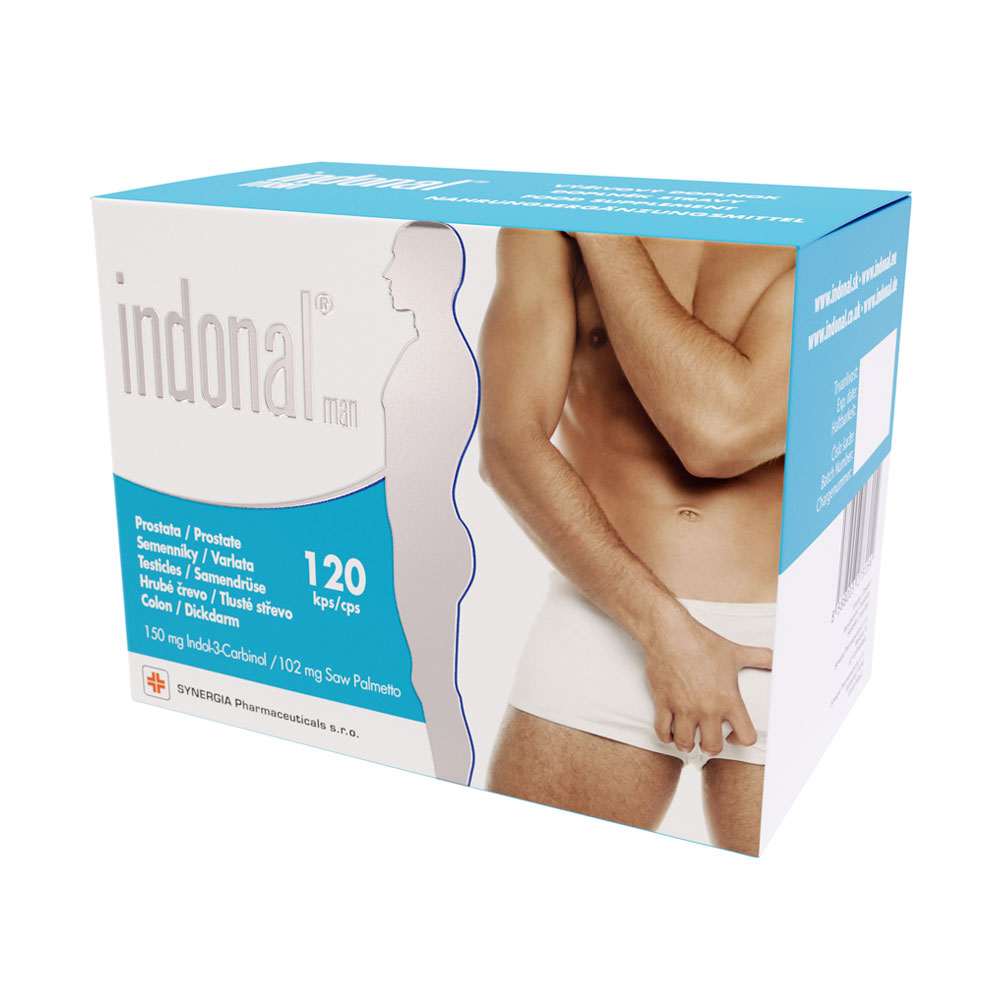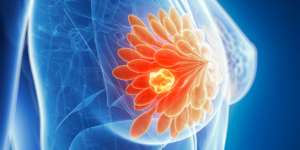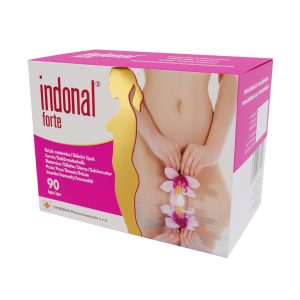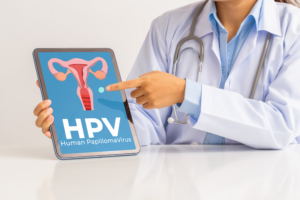Breast cysts are common benign (non-cancerous) lumps that occur in the breast tissue. These fluid-filled sacs can vary in size and may feel soft or firm to the touch. Breast cysts can be painful or uncomfortable, especially just before menstruation.
Causes of Breast Cysts
Hormonal Factors
Cysts are more likely to develop in women aged 35 to 50 years (but can occur at any age) due to hormonal changes. This age range corresponds to the late reproductive phase and perimenopause, when the levels of the hormones estrogen and progesterone can fluctuate significantly. These hormonal swings can affect breast tissue and lead to the formation of cysts. Specifically:
- Hormonal cycles regulated by estrogen and progesterone: During the menstrual cycle, especially in the first half, estrogen stimulates the growth of milk ducts and lobules (the parts of the breast that produce milk). Progesterone, which rises in the second half of the cycle, also promotes the growth of breast tissue. After menstruation, as estrogen and progesterone levels decrease, the breast tissue regresses and the growth changes that occurred during the cycle subside. The breast tissue undergoes continuous cycles of growth and regression due to hormonal changes during the menstrual cycle. These cyclical changes can sometimes lead to the accumulation of fluid in the breast tissue, causing cyst formation. During perimenopause, these changes are even more pronounced, explaining why cysts are more common in women of this age group.
Genetics
Genetic factors can also play a role in the formation of cysts. If close relatives have had breast cysts, there is a higher likelihood of developing them as well.
Diet and Lifestyle
Some studies suggest that a high intake of fats, caffeine, and alcohol may be associated with a higher risk of developing cysts.
Stress
Some research indicates that stress and emotional pressure can affect hormonal balance and thereby contribute to the formation of cysts.
Symptoms of Breast Cysts
- Palpable lumps in the breast that may move and change size.
- Pain or tenderness in the area of the cyst.
- Enlargement of the breast or a feeling of fullness.
Size of Breast Cysts
Breast cysts can vary in size from very small (a few millimeters) to quite large (several centimeters).
- Small cysts (less than 1 cm): Usually do not cause any symptoms and are often unnoticed by the woman.
- Medium-sized cysts (1 cm to 2 cm): Can cause mild discomfort or tenderness, especially during the menstrual cycle.
- Large cysts (2 cm and larger): Are palpable and may appear as larger lumps. They can have a round shape and move under the skin. They may cause pain or pressure, especially if they press on surrounding tissue. Large cysts can be uncomfortable and in some cases, may change the shape or size of the breast.
What Helps with Breast Cysts?
Indole-3-Carbinol (I3C)
Indole-3-carbinol (I3C) is a naturally occurring substance found in certain cruciferous vegetables such as broccoli, kale, cauliflower, and cabbage. It has health benefits, including protection against certain types of cancer and the treatment and prevention of breast cysts:
- Estrogen Metabolism: I3C promotes the metabolism of estrogen into its less active forms (reduces levels of 16-hydroxyestrogens and increases levels of 2-hydroxyestrogens), which lowers the risk of hormonally driven breast conditions, including cysts, and helps maintain hormonal balance.
- Antioxidant Properties: I3C has strong antioxidant properties that can protect the cells of breast tissue from damage caused by free radicals. In this way, I3C can help maintain a healthy cellular environment and support tissue regeneration, which can be beneficial in the treatment and prevention of cysts.
- Antiproliferative Effects: I3C can reduce the growth and proliferation (growth activity) of breast cells, which can be beneficial in the prevention and treatment of benign (non-cancerous) changes such as cysts.
Sources:
- Goldstein, D. S., & Kopin, I. J. (2007). Hypothalamic-pituitary-adrenal axis dysregulation and cardiovascular disease risk. Endocrinology, 148(9), 4535-4540.
- Frydenberg, H., Sandanger, T. M., & Hansen, C. H. (2011). Psychological stress and fibrocystic breast disease: Evidence and implications. Journal of Reproductive Health, 58(3), 215-223.
- Mehta, A. K., Niedzwiecki, D., & Rosenthal, D. S. (2018). Impact of chronic stress on estrogen metabolism and breast cancer risk. Endocrinology, 159(4), 1655-1663.
- Michnovicz JJ, Bradlow HL. (1990). Altered estrogen metabolism and excretion in humans following consumption of indole-3-carbinol. Nutrition and Cancer, 13(3), 271-282.
- Bradlow, H. L., Michnovicz, J. J., Halper, M., et al. (1991). Long-term responses of women to indole-3-carbinol or a high fiber diet. Cancer Epidemiology, Biomarkers & Prevention, 1(6), 469-474.






